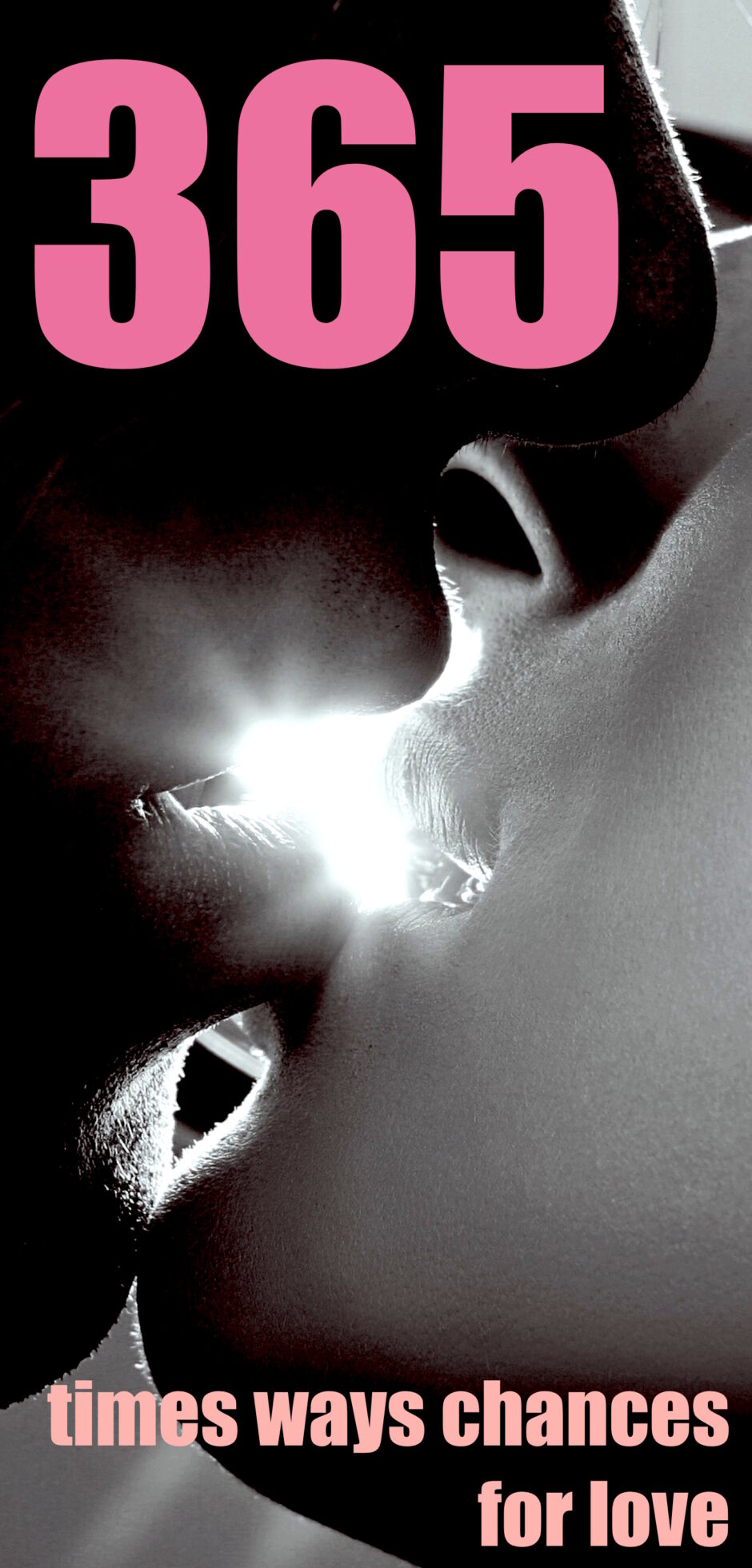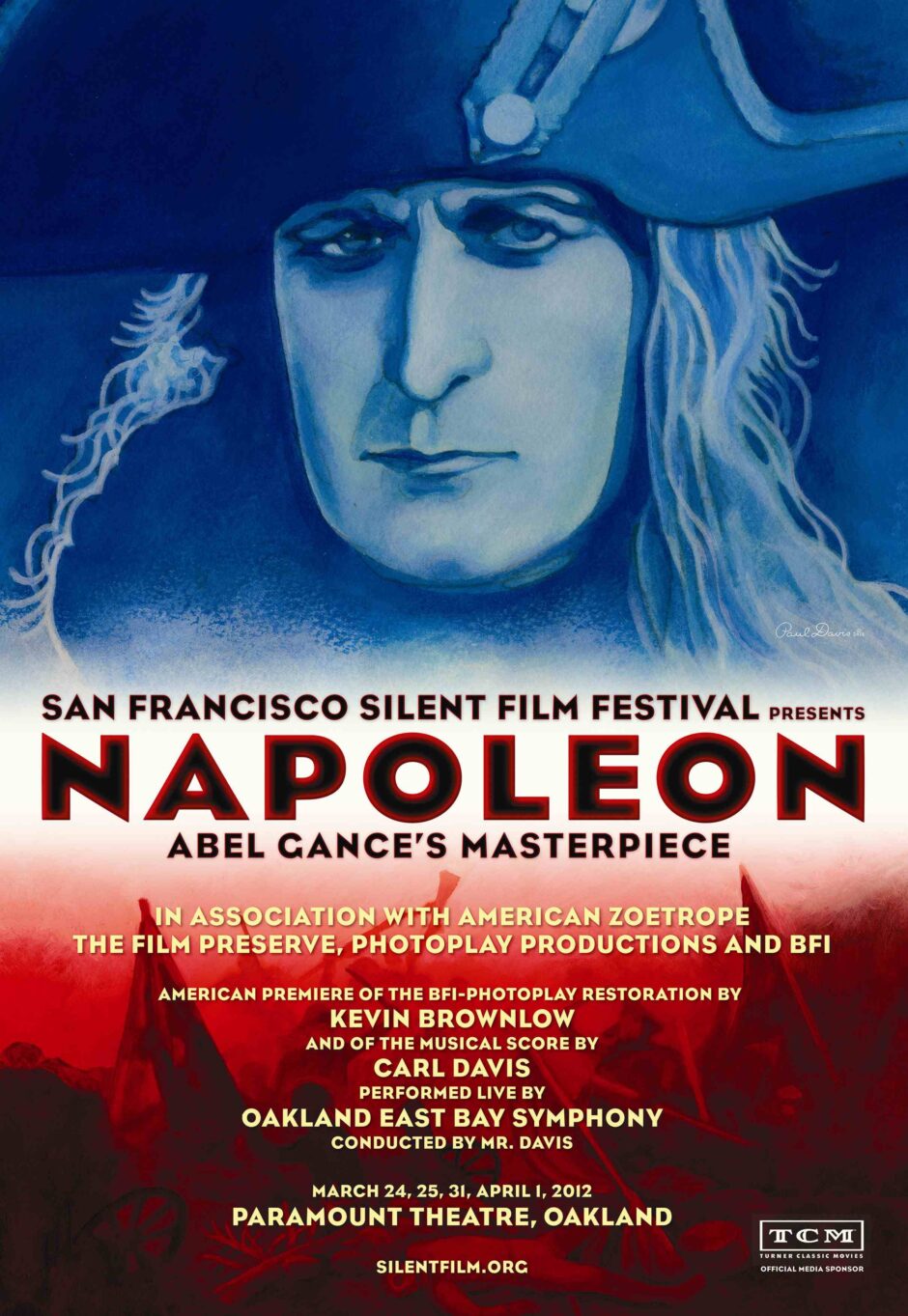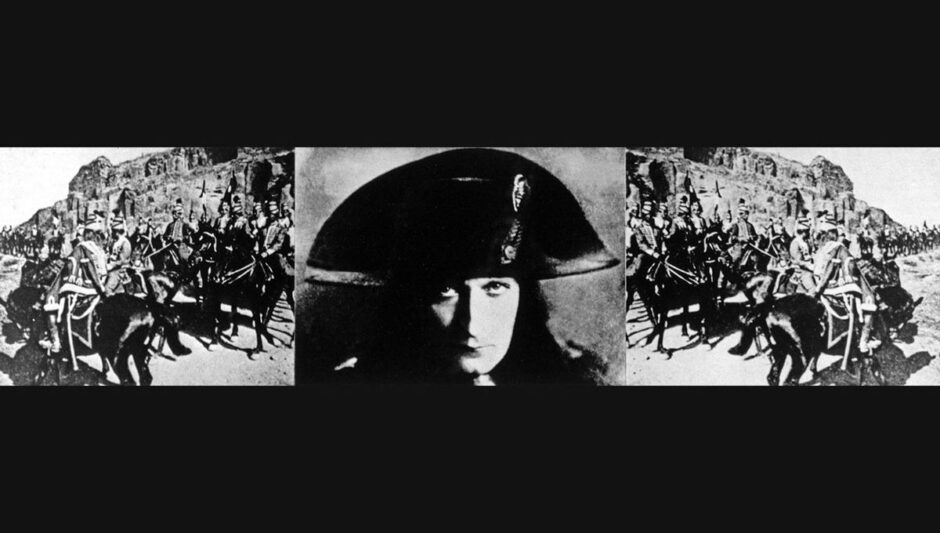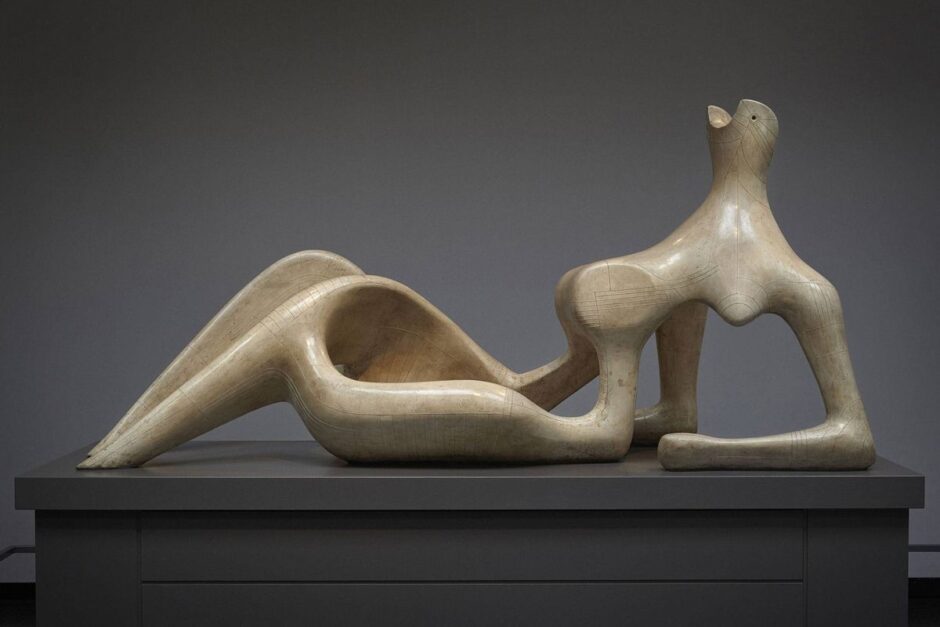1 year, 4 seasons, 1 couple, 365 love scenes – imaginary or real?

Screenplay
Synopsis
“365” is an experimental screenplay that chronicles a year-long relationship between John, an aspiring screenwriter/plumber, and Jane, a Juilliard dance student.
The story unfolds through 365+ numbered intimate encounters, beginning when they meet at a New Year’s Eve party in an East Village bar.
John proposes an unconventional “365 experiment” – instead of dating multiple women throughout the year, he will have sex with one woman (Jane) 365 times and document each encounter in a journal. What begins as a purely physical arrangement gradually evolves into a complex exploration of love, intimacy, performance, and the nature of human connection.
The narrative is structured in four seasonal acts (each one a proposed one-hour multi-screen film/event):
Winter (Scenes 1-93)
The initial intoxication phase, establishing their physical relationship and John’s obsessive documentation project. Jane initially resists but becomes drawn into the concept.
Spring (Scenes 94-195)
Deepening intimacy mixed with increasing self-consciousness about the project. They explore various positions, locations, and philosophical discussions about love, existence, and the meaning of their experiment.
Summer (Scenes 195-295)
A trip to Los Angeles brings out John’s darker impulses and wandering eye. Drug use, fights, and Jane’s secret Instagram documentation of their relationship create tension and instability.
Autumn (Scenes 296-365+)
The relationship deteriorates as they struggle with the artificial nature of their arrangement. A spiritual journey to India provides temporary transcendence, but they ultimately confront the impossibility of their experiment and its effects on their humanity.
The story concludes with their breakup, reunion, marriage proposal, and hints at pregnancy – suggesting both the cyclical nature of relationships and the ultimate triumph of genuine human connection over artificial constructs.
Conclusion
The script presents an experimental exploration of modern sexuality, love and gender dynamics through the lens of a documented year-long relationship.
The screenplay presents ambitious thematic goals in examining authenticity, performance, and human connection in the digital age, raising fascinating dilemmas about whose perspective and desires it ultimately serves. The experimental structure and cultural commentary have conceptual merit, though the practical and ethical challenges of the material are a creative challenge for creative filmmaking.
The most compelling elements involve Jane’s growing agency as both dancer and secret documentarian, which provides important counterpoint to the male protagonist’s voyeuristic project. The fundamental framework centers on male-female desire and control over female-male experience in ways that may accentuate its more progressive aspirations.
Analysis
Experimental Structure
The numbered scene format creates a unique cinematic language that mirrors social media culture, dating apps, and our contemporary obsession with quantifying experience.
Cultural Commentary
The script offers sharp observations about modern sexuality, social media performance, the commodification of intimacy, love and how technology affects human connection.
Character Development
Both protagonists evolve meaningfully. Jane emerges from object to equal participant to independent artist, while John confronts his own superficiality and fear of genuine intimacy.
Thematic Depth
Beneath the provocative surface, the script grapples with profound questions about love, authenticity, performance, documentation vs. living, and what makes us human.
Meta-Theatrical Elements
The script’s self-awareness about being a “journal,” film, or performance piece adds layers of meaning about art, voyeurism, and the male gaze.
Cultural Context
The script appears influenced by films like “Last Tango in Paris,” “Blue Is the Warmest Color,” and “Love” (Gaspar Noé), while attempting to update these explorations of sexuality for the digital age. It reflects contemporary anxieties about authentic connection in an era of dating apps, social media performance, and the commodification of intimacy.
The Jane character’s dance background and her secret Instagram documentation provide a fascinating counterpoint to John’s voyeuristic project, suggesting alternative ways of understanding embodiment and artistic expression.
Filmic approach in Poly-Vision
Polyvision was the name given by the French film critic Émile Vuillermoz to a specialized widescreen film format devised exclusively for the filming and projection of Abel Gance’s 1927 film Napoleon.

Polyvision’s with an aspect ratio is 4:1, is the widest aspect ratio in existence.
Polyvision involved the simultaneous projection of three reels of silent film arrayed in a horizontal row, making for a total aspect ratio of 4:1 (1.33×3). Polyvision’s extremely wide aspect ratio was the widest aspect ratio yet seen, even though it is technically just three images side by side.

Three film cameras were stacked vertically to shoot the widescreen compositions which would be viewed across all three sections. Gance also used the three strips to create triptych compositions of panels contrasting or simultaneous action, mirrored sides framing the center strip, and perceptual cross-cutting.
Gance was unable to eliminate the problem of the two seams dividing the three panels of film as shown on screen, so he avoided the problem mostly by putting three completely different shots together. When he wanted a single image stretching across the three screens, the seams were visible.

Polyvision was only used for the final reel of Napoleon, to create a climactic finale. Filming the whole story in Polyvision was impractical as Gance wished for several innovative shots, each requiring greater flexibility than was allowed by three interlocked cameras. finishes with a flourish intended by Gance: it uses red and blue tinted film on the left and right panels to create le tricolore—the flag of Napoleon’s triumphant army.
Body as Landscape
365: Love Journal is an epic story, and a lot of it is seen in extreme close-ups, the bodies of the lovers often becoming landscapes that will stretch across the whole screen, almost like monumental panoramas seen in landscape photography, there the micro-cosmos becomes the epic.
Before film, I went to art school and studied sculpture. I was influenced by sculptors like Aristide Maillot, Henry Moore, Rodin, Giacometti, and some of the influences will become part of the visual language for this film.

The challenge of this material would be to minimize the nudity, rather make it a poetic-literary stream of consciousness full of beautiful hypnotic images, a film about memory, poetry, art, the soul… and the mind of these two characters. It will also be a way to open up the film so it does not become just two-actors-in-one room.
I see this as a 240-minute movie (in four parts: Winter, Spring, Summer, Fall) with a non-stop continuous-hypnotic-sound-track that could almost place you into an altered state – it’s about those moments in our lives when we are in that zone. The non-stop beat will help us jump in time within scenes and even edit them as non-continuous events – fragmented – as if snippets of memory…. it may involve working with 4 different DJs creating a separate piece for each of the four seasons.
My hope is to premiere the film as a triple screen immersive experience live event in 4 parts, with intermission, each with a live score by each of the 4 DJs. It could as a multi-city tour, followed by a conventional theatrical and video release.